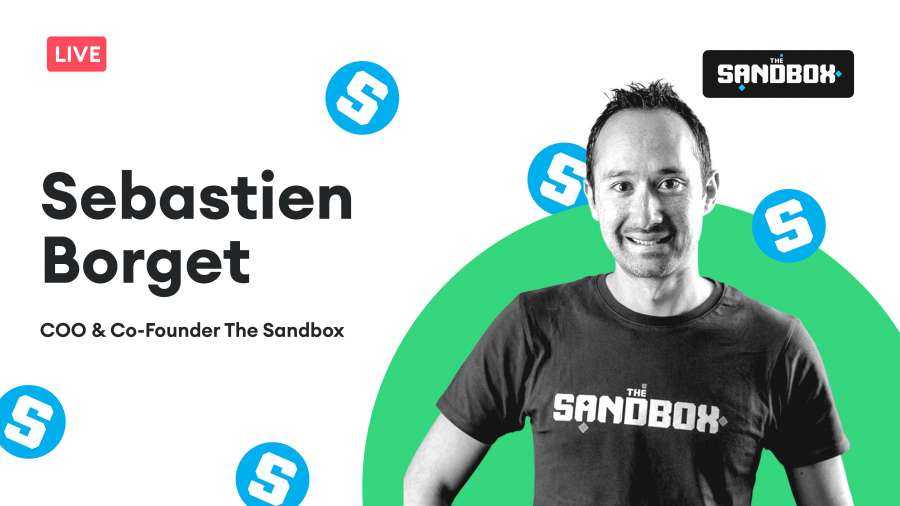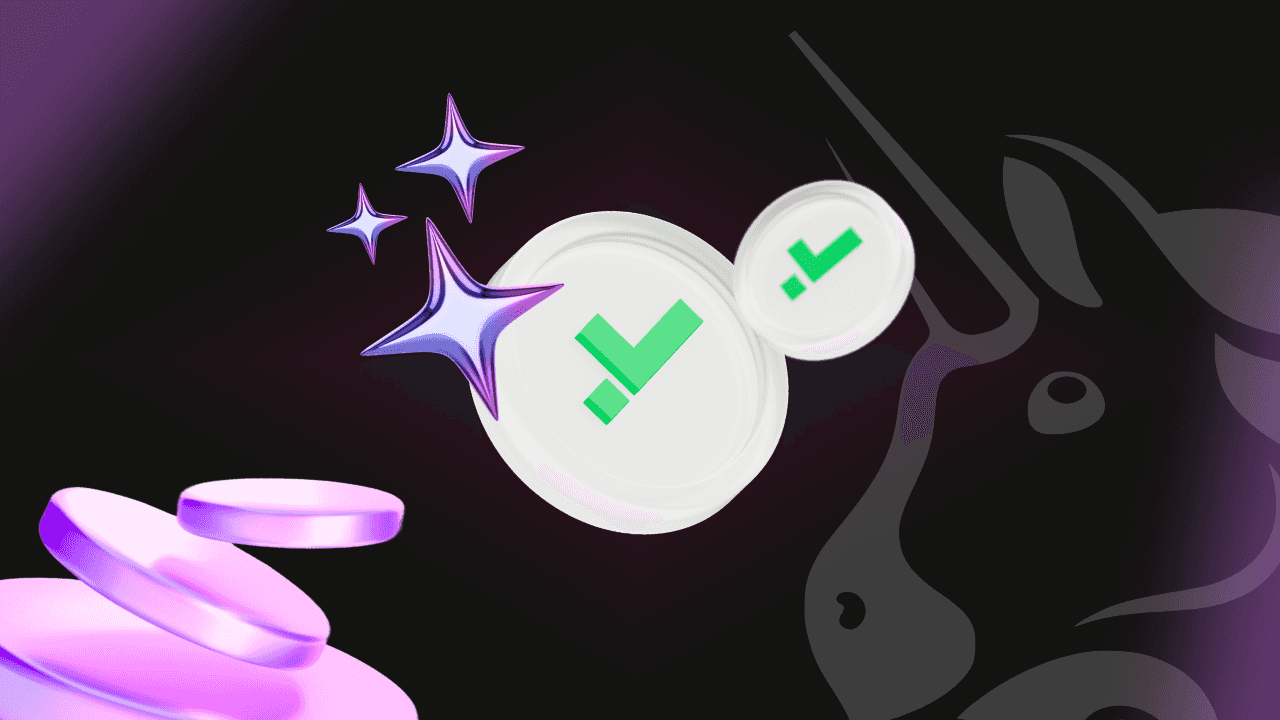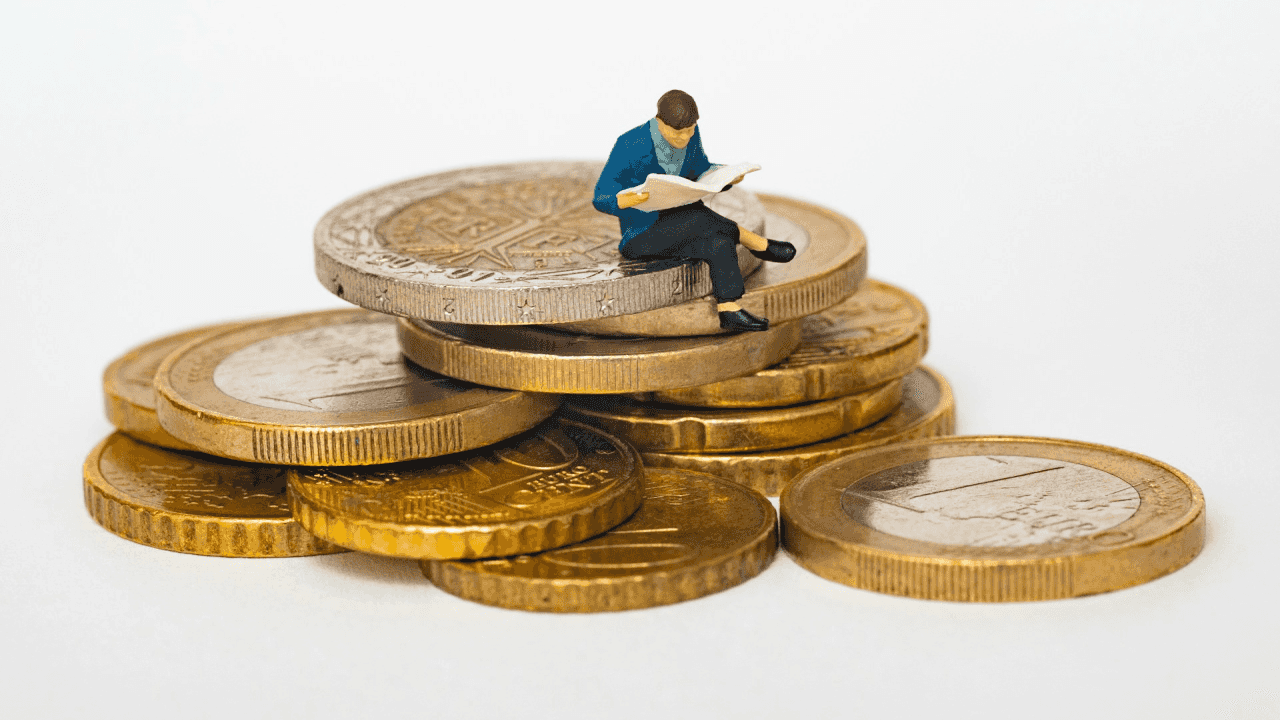
Diego: Sebastien is COO and co-founder of The Sandbox. So, can you describe to our community what the Sandbox project is all about. And if you want you can describe your role at The Sandbox.
My name is Sebastien Borget and I’m COO and co-founder at the Sandbox
The Sandbox is a gaming virtual world on the Ethereum blockchain where creators can make free assets and games and monetise them through the use of Non-Fungible Tokens, NFTs, as well as SAND, our main utility token of the platform.
We are a franchise that has existed for now 10 years. We started on mobile in 2011, we had more than 40 million players in installs back then.
Over the last 3 years we launched a sequel, a new version that this time is in 3D multiplayer, multiplatform, and it uses NFTs to allow anyone to make their own NFT and start owning the assets, owning the land where they publish the games, monetise their time, monetise their creation, trade them, exchange them, sell them, if they want, on Marketplaces.
We have more than 60 partnerships to date, including major brands that are part of our virtual world
So far the Sandbox is one of the most active communities, we are really thankful to our community and specifically to our community today for being part of this fantastic journey with us.
Diego: Thank you Sebastien, and how did the idea for the Sandbox come about?
When we founded my previous company, Mobile Games Studio. As i mentioned, the Sandbox came out about 10 years ago. There was this kind of game, called Powder game, this game where you could play with physical elements: salt, water, steam etcetera, and it was mostly a physics simulator.
We took that idea and we said “what if we just allow any player to become the creator?” dropping elements with the touch of their fingers on the mobile screen, and share those creations online.
That’s how the first Sandbox idea started. And 10 years later, the new Sandbox, this time 3D and on the blockchain is essentially keeping all the roots from the franchise.
We want to allow anyone to make games without any programming knowledge, to just drag and drop assets, to drag and drop NFTs into a virtual world, and publish that world on the LANDs so that they can then allow players to participate in game experiences, play, earn, collect rewards, collect tokens and engage with that.
📚 Read the Academy article on the Sandbox here.
Diego: Everyone right now is talking about these NFTs, Non-Fungible Tokens. Can you describe to our community what is a Non-Fungible Token and why do you think they can represent a real revolution?
We’ve been true pioneers in the space of Non-Fungible Tokens – we’ve been building the Sandbox for the last 3 years and we launched already several ones.
What is a Non-Fungible Token? It essentially is a piece of digital asset. It can be music, it can be art, it can be a collectible, it can be game assets, sports tickets, anything essentially that is reproduced on the blockchain and has specific attributes.
Those attributes being the fact they have scarcity, so a limited supply that anyone can see on the blockchain.
They are unique, so unlike one bitcoin and another bitcoin, which can be interchanged, with NFTs – each one is unique.
So a gold sword and a silver sword even if they are both swords they have different attributes, they cannot be interchanged that easily. They are undividable.
Similarly, you cannot have 0.00001 of a sword, 1, many or zero and one main benefit of these NFTs is that as a user, as a player is that you own them in your wallet and you can use them in a game but you can also trade them in marketplaces in a permissionless manner. You don’t need to ask the permission to the developer of the game to be able to transfer the content to another user, to sell that content on marketplaces, or use that content potentially in other games, which is a major revolution in gaming.
Games today are centralised, well-guarded, they are trying to keep their users and they have all the data, all the virtual currency of the game assets that you bought in-game, you can never take them away.
If you leave the game you basically lose all your progress, all your content, all your virtual currencies, all that content you bought, you spent time to acquire by playing was never really yours, basically – and it’s difficult to put value on something that is not really yours, you cannot transfer.
With the use of Non-Fungible Tokens, all the content, all your avatars, you identities the objects or assets you acquire are yours, including also the tokens, the equivalent of virtual currency, so SAND in our case.
So this is because it’s yours, it can be exchange, it can be valued, other users can want it. So this is the premise of building a virtual economy into a virtual world, this is why NFTs are so important.
They are growing, they facilitate access to the greater economy, to monetize your time in ways that were never done before.
That’s why now we are seeing a lot more influencers, celebrities, artists, creators, game makers as well, jump on board.
Diego: You mentioned these NFTs connected to the world of art, music and of course video games, how do you see them connected to the world of videogames?
Because you mentioned that with NFTs you are the real owner of something, even in a non-physical world – how do you see them connected to the specific world of videogames?
In videogames, more specifically, unlike art, music and sport collectibles, which are also very hot NFTs at the moment. Those are just collectibles. You own them, they are rare, but they don’t necessarily have a specific utility.
Rather than being maybe aesthetically great-looking, or just being rare, in videogames NFTs have additionally a utility. Like if you acquire a character that is very powerful and rare, you’re most likely to be able to use that character in the game.
The characteristics, the attributes of that character will impact your gameplay, will impact maybe the way that you can earn rewards, finish first at the tournament, complete your goals. And this is participating to a new model called play-to-earn, where your assets can be put to use to produce actively more return on your time for you and that I think is something really interesting and unique in gaming, that you don’t find in other industries.
In The Sandbox, additionally, there’s this concept of virtual real estate, with LAND, because, besides being a gaming platform, we’re also a virtual world with a limited map and on each of those maps – and it’s pretty simple to understand – as you own the map, it’s a piece, it’s a place, it’s a digital space where users can publish their games can start monetizing their content.
If you cannot publish your game, you cannot monetize it to have players coming into it and also enable other business models like renting that LAND to a creator creating different points of attraction based on your content etc.
So, that’s something we’re seeing more and more people interested in – digital land, virtual land as NFTs.
Diego: About The Sandbox, what are the developments that await us in the coming months?
We’ve already achieved several milestones at The Sandbox. Since about 3 years ago we’ve launched in beta several creation tools for our platform, our NFT maker, called VoxEdit, which is a 3D editor where you can make Voxel-based content, animate them, publish it to the marketplace or the users to acquire it
We’ve launched the marketplace and it’s essentially a map where we sold in the pre-sell round up to 35% of the whole map, each of those LAND being a unique NFT, and interestingly last month, in February we sold more values than in the past 2 years, showing an acceleration in the adoption of NFTs in general.
We’ve launched the beta of the Game Maker as well. That, as I mentioned, enables anyone to create game experiences by drag-n-drop, no programming knowledge required. And we have hundreds of active users using those products on a daily basis. The next step for this year is to open the public Alpha to players, so to let them discover some of the games made by the creators using the tools to participate in play-to-earn seasons where they’ll be able to collect rewards and exchange those rewards if they want to for tokens of value and hence turn their time into a potential revenue stream.
We’re also preparing our soon-to-open marketplace in beta, allowing anyone to make their NFTs and start selling them. We’ll do it progressively, first through selecting great content and high-quality creators and we know we do have some in our Italian community, so I’m excited to see this content coming from Hackatao – to mention one of the most talented creators working with us on The Sandbox, but there are many others and we’re excited to have this marketplace launch – I would say before the end of the month in March – and really enable anyone to buy, collect, own and use NFTs in The Sandbox.


